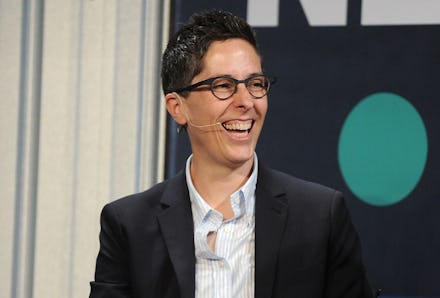What Is the Bechdel Test? Many Movies Have Failed It, and for a Good Reason

The Bechdel Test, a gauge for measuring how women characters are represented in films, has become shorthand for evaluating sexism in cinema and other popular media, and its results offer some revealing truths about what we're consuming.
According to the terms of the test, in order to pass, a movie must have two or more women characters, and they must speak to each other about something other than a man.
Read more:
The test is named after cartoonist and Fun Home author Alison Bechdel, who first popularized the concept in her long-running comic Dykes to Watch Out For in 1985. In the scene that gave birth to the term, titled "The Rule," two women go to the theatre and and one explains that she refuses to see a movie unless it meets her "basic requirements," and then she lays out what would come to be known as the Bechdel Test.
Bechdel herself has been quick to point out that she is not the originator of the test that bears her name — that honor goes to her friend Liz Wallace. But it was Bechdel who first introduced the concept to the world in the '80s, and, in recent years especially, it has only gained steam.
The Bechdel Test is now used, by name, by critics and moviegoers alike. The website BechdelTest.com maintains a crowdsourced database of more than 6,000 films that have passed or failed the test. In 2014, FiveThirtyEight.com used the test to evaluate "1,794 movies released from 1970 to 2013" and found that only half of the films passed.
The Bechdel Test has even inspired other similar tests that measure representation of LGBT characters and characters of color in media.
"It's really funny to me that the idea hadn't got much traction in the popular culture until now," Bechdel told A.V. Club when asked, in a 2011 interview, about the popularity of the term. "Like, finally, 30 years later, the world is ready for basic lesbian, feminist principles."